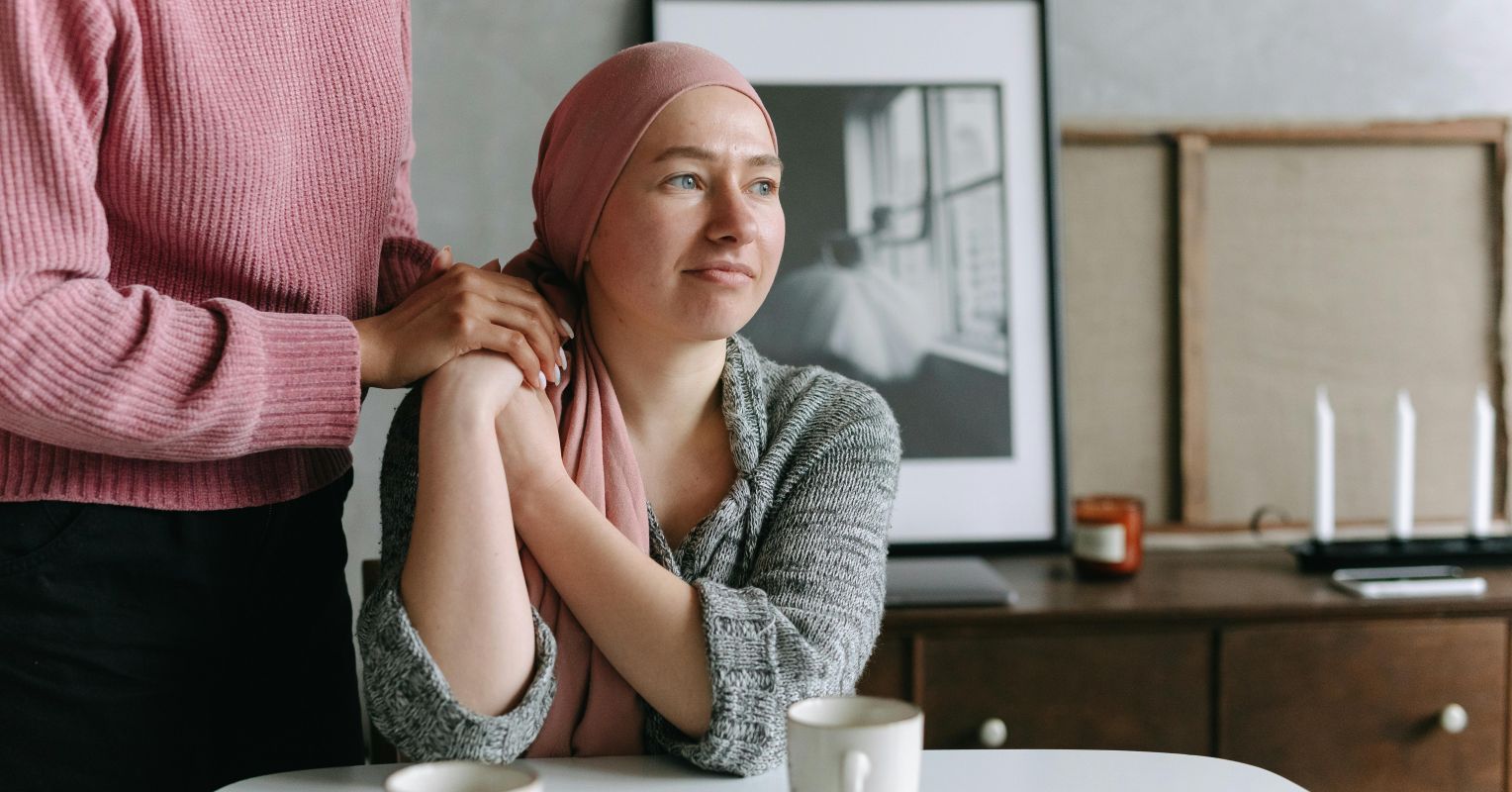

Cancer treatment has made remarkable strides. New drugs and technologies have changed outcomes for many patients, turning some once-fatal diagnoses into manageable conditions. Yet despite these advances, there are limits to what a single treatment approach can achieve. Tumors are adaptive and complex; they can find ways to bypass even the most sophisticated therapies.
Few phrases strike more fear in cancer patients than “Your cancer is no longer responding to treatment.” That moment, however, has also fueled a growing interest in combination therapy for cancer, the strategic use of two or more treatments with different mechanisms of action.
Oncologists have long paired chemotherapy drugs or combined chemotherapy with radiation. Today, the toolkit is broader than ever: targeted therapies, immunotherapies, and precision forms of radiation can be matched to a patient’s unique tumor biology, opening the door to new combinations and, in many cases, renewed hope. As a result, around 5,000 clinical trials worldwide are currently investigating the potential benefits of new combination therapies.
Combination therapy in cancer treatment
Over time, the number of cancer clinical trials has risen, but the share of monotherapy trials has declined sharply (from around 70 percent to 20-30 percent). This shift reflects growing confidence that well-designed combination regimens can outperform single treatments, both in effectiveness and applicability.
Research further indicates that combination approaches offer a number of potential benefits, including reducing drug resistance, slowing tumor growth, limiting the spread of cancer, halting the division of active cancer cells, decreasing cancer stem cell populations, and triggering cancer cell death. By simultaneously targeting different pathways, these approaches can tackle some of the most difficult challenges in cancer care.
Combination therapy is particularly effective as it can be personalized for each patient’s unique needs. For example, a patient with a specific tumor profile might receive precise radiation therapy alongside an immunotherapy designed to help the immune system recognize and destroy cancer cells more effectively.
This tailored approach has a myriad of different benefits, including the potential to preserve healthy tissue, reduce toxicity, and improve quality of life. Delivering treatments together vs. one after another can lead to higher response rates and slower cancer progression. It may also shorten treatment time, lower overall costs, and minimize the cumulative side effects that can come with multiple rounds of separate therapies.
What does combination cancer therapy look like today?
The progress being made with combination therapies is setting the stage for more personalized and efficient treatment models. Clinical trials are testing new pairings across many types and stages of cancer, including those historically considered difficult to treat. Early results suggest that combining different modalities, e.g., immunotherapy with targeted or precision radiation, may enhance tumor responses and extend disease control beyond what single therapies achieve.
One emerging example of this under investigation is the combination of pembrolizumab (Keytruda) with Alpha DaRT (Diffusing Alpha-emitters Radiation Therapy) in recurrent or metastatic head and neck cancer. Preliminary results are notably higher than the typical response rates observed with pembrolizumab alone. Additionally, the combination therapy has been well-tolerated, with no additional side effects compared to standard treatments.
This is just one example of how collaboration between oncologists, researchers, and industry partners will be critical in identifying the most effective combinations and bringing them to patients efficiently.
The new frontier of cancer treatment
The landscape of oncology is moving toward multi-pronged, personalized strategies. Combination therapy allows clinicians to design treatments that are biologically rational, patient-specific, and potentially more effective than single-agent approaches. While combination therapy is not a cure-all, it represents a powerful milestone in how we move forward in treating cancer.








